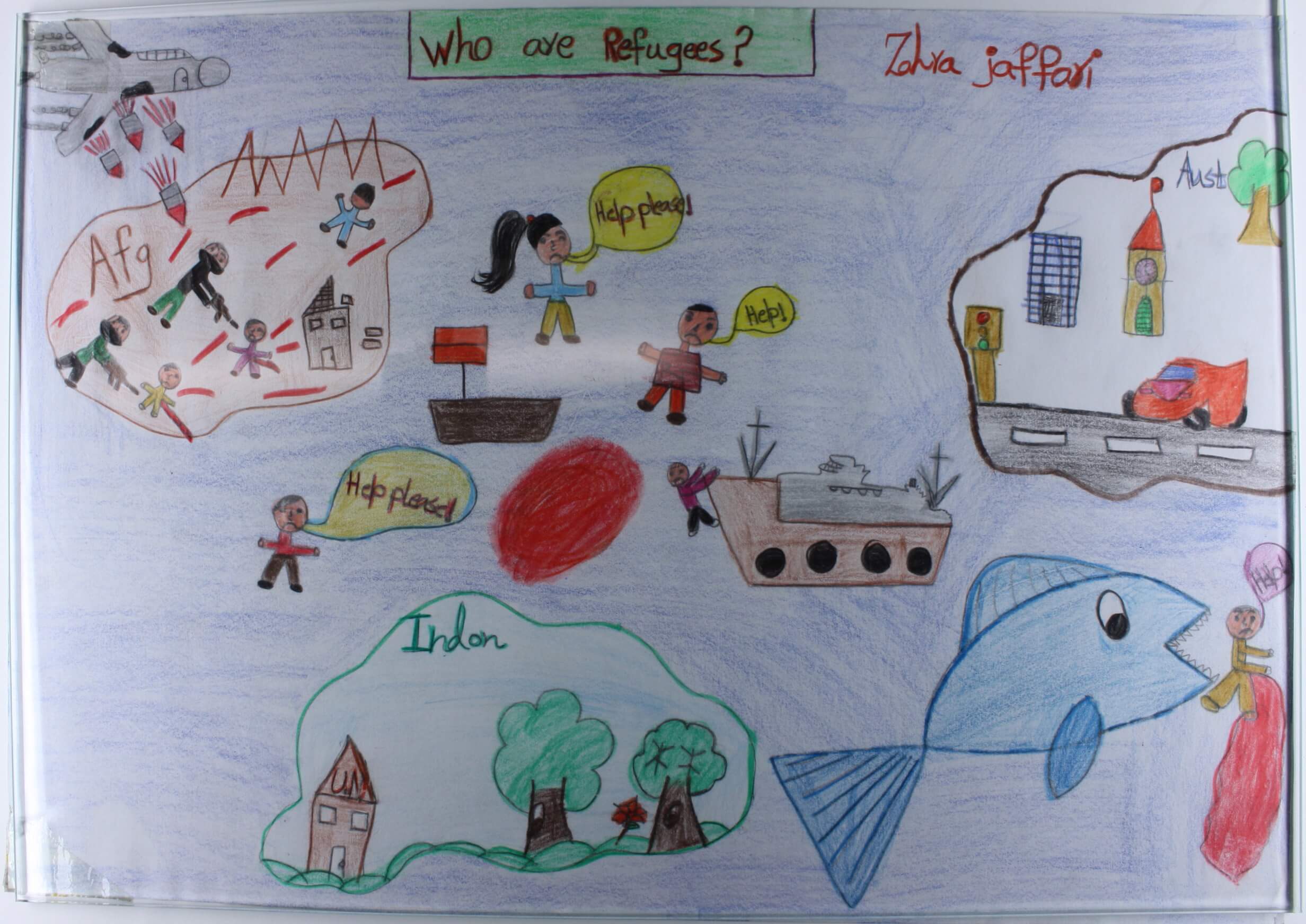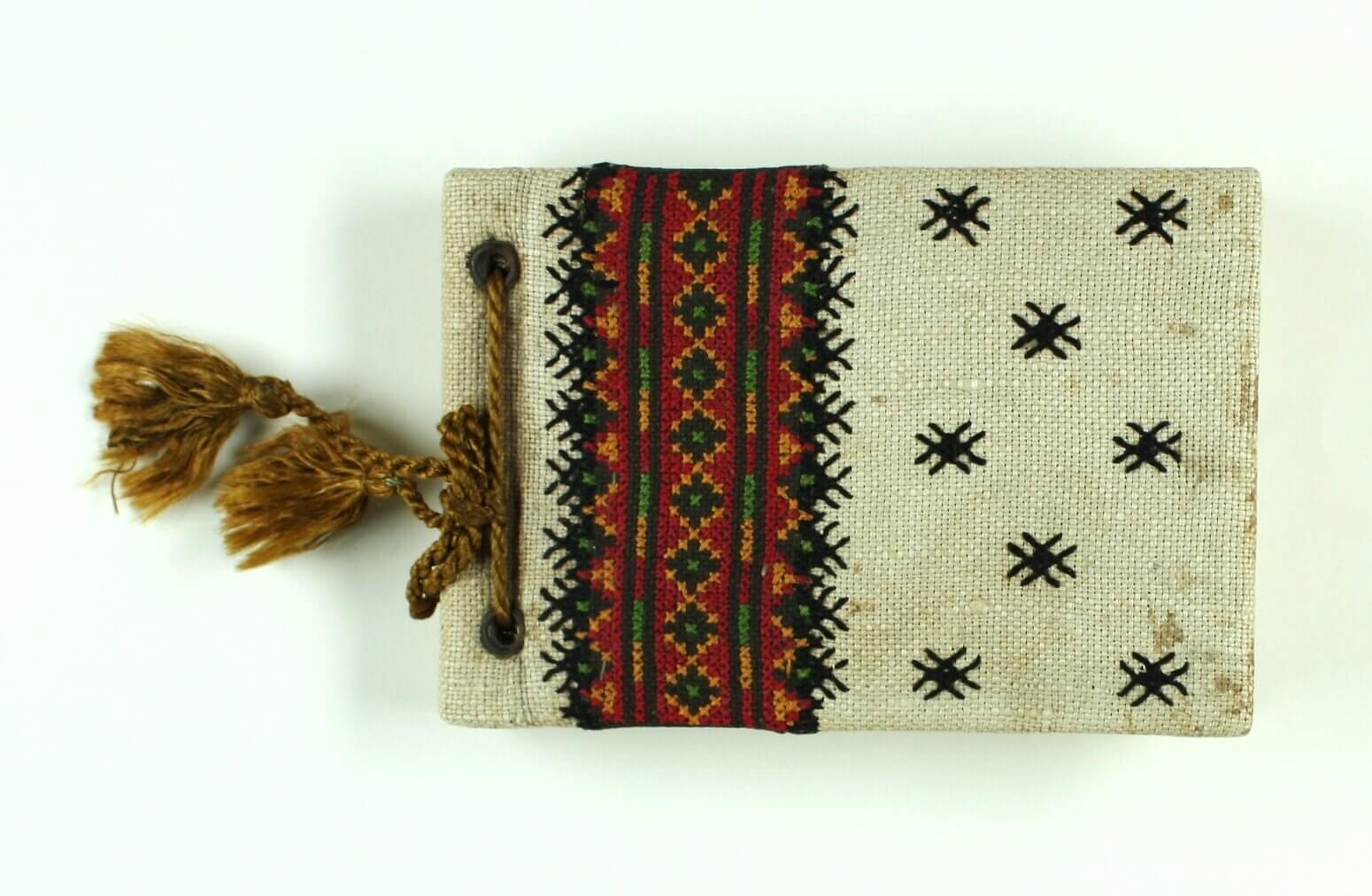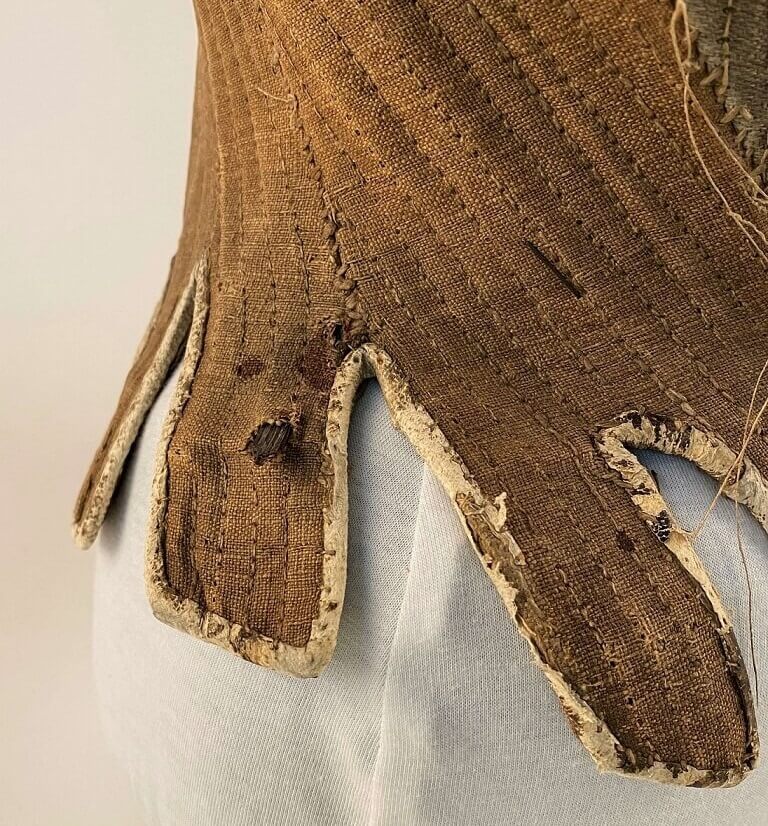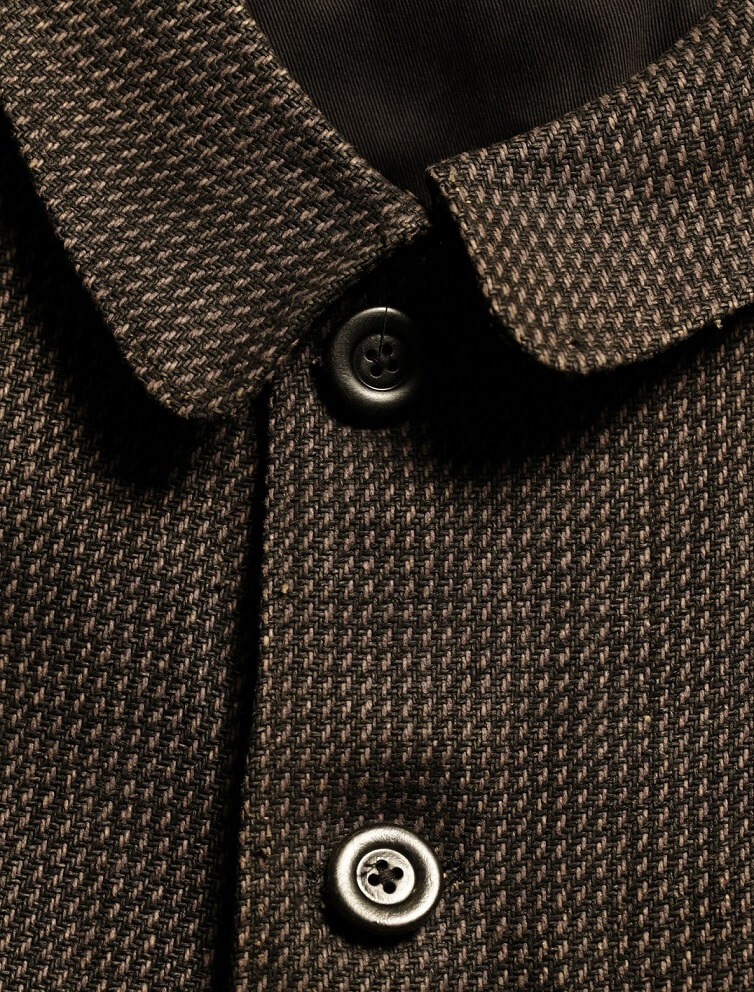This page contains access to the recordings and information about past seminars in our Material Histories Seminar Series.
For information about our coming program, please see the main page.
First speaker:
Crafting Absence: how art gives voice to absent stories
Recent acquisitions in Museum Victoria's migration-related collections demonstrate the importance of creative practice in the representation of refugee experiences and how this is made manifest through material culture. In particular, the Museum is seeking to give space to the stories of people who have actively tried to seek refuge in Australia - some who have been prevented from doing so.
These ‘absent stories’ are nevertheless Australian stories and it is extremely challenging to represent them through material culture. This activity also raises ethical questions about how to enable refugees and asylum seekers to give voice to their own stories, while ‘safely’ sharing publicly the stories of vulnerable people.
Dr Moya McFadzean is Senior Curator, Migration & Cultural Diversity at Museums Victoria. Her curatorial work develops collections and exhibitions which consider Australian migration, refugee and asylum seeker narratives, and themes of identity, belonging and diversity. She is interested in the role of museums as sites of social activism and their potential for developing relationships of genuine engagement and reciprocity with communities.
Second Speaker:
Photo Album Woven Cover: Connecting family, documenting work, and depicting Displaced People in Germany after WWII
Photo albums can be fascinating objects of material culture, and are more than the sum of the images that fill their pages. I will focus on one such album, created by Esma Banner (1910-2001), who was a keen amateur photographer and was a post-WII reconstruction worker in Germany. This album, in Museum Victoria’s collection, was a 1946 Christmas gift sent to her sister. Through it, we can see how familial relationships were maintained, how Esma valued the professional relief work she did, alongside partial insights into the experiences of the refugees who were the focus of her work and photographs.
Photo Album, Museums Victoria
Dr Mary Tomsic is a Research Fellow in the Research Centre for Refugees, Migration and Humanitarian Studies at Australian Catholic University. She is cultural historian whose research focuses on visual representations of child refugees, children’s cultural expression in histories of migration and how these circulate in the public realm.
First speaker:
Whalebone and its Afterlife: Fashion Innovation, Adaptation and Sustainability, c. 1600-1950
For over four hundred years whale baleen (historically known as whalebone) was sought after for use in western fashion manufacturing where this plastic-like material was used to create a wide range of men and women’s garments and accessories, most notably corsetry. This talk draws upon objects of European and Australian provenance that utilised whalebone and its substitutes (reeds, cane, steel and plastics) between 1600-1950 to explore how the historical uses of whalebone intersect with concerns about innovation and manufacturing, economics and availability, and ethical questions about the environmental sustainability of fashion.
Sarah A Bendall is a Research Fellow at the Institute for Humanities and Social Sciences, Australian Catholic University. She is a material culture historian whose work specialises in the roles of gender in the production, trade and consumption of global commodities and fashionable consumer goods between 1500-1800.
Second speaker:
Needs Must: German Paper Suits and the legacy of wartime woollen shortages.
New Jersey’s Newark Museum holds two suits made of spun paper yarns, donated in 1920 as examples of the response to cloth shortages faced by Germany and her allies during World War I. As a fashion curiosity the suits have some interesting details of cut and construction. But the suits’ historical context takes us beyond fashion. This presentation explores their complexities and contemporary relevance, linking fashion with the murky worlds of politics, military strategies, economic warfare, and eventually, the triumph of synthetic over natural fibers: the subject of the speakers’ book-in-process, Fleeced: Wool, War and the Rise of Synthetics.
Madelyn Shaw is a textile curator, historian and author, recently retired from the NMAH, Smithsonian Institution. Trish FitzSimons is a documentary filmmaker, historian, author and adjunct Professor of Griffith Film School. They share a research project entitled Fabric of War: a hidden history of the global wool trade.
First speaker:
Happy little Vegemite soldiers: rationing, Vegemite and national identity in WWII
Vegemite might be an Australian cultural icon now, but the spread did not attract many fans when it was first launched in 1923. Though competitions in the 1930s increased brand recognition, it was not until Vegemite became a frontline rations staple in WWII that it began to be linked to Australian national identity. This paper explores how a yeast extract spread mixed with patriotism in wartime to create an enduring cultural legacy.
Dr Hannah Viney is a professionally accredited historian with a focus on Australian twentieth-century cultural, social, and political history. She recently completed a PhD in historical studies at Monash University on women's anti-nuclear activism between 1945 and 1965.
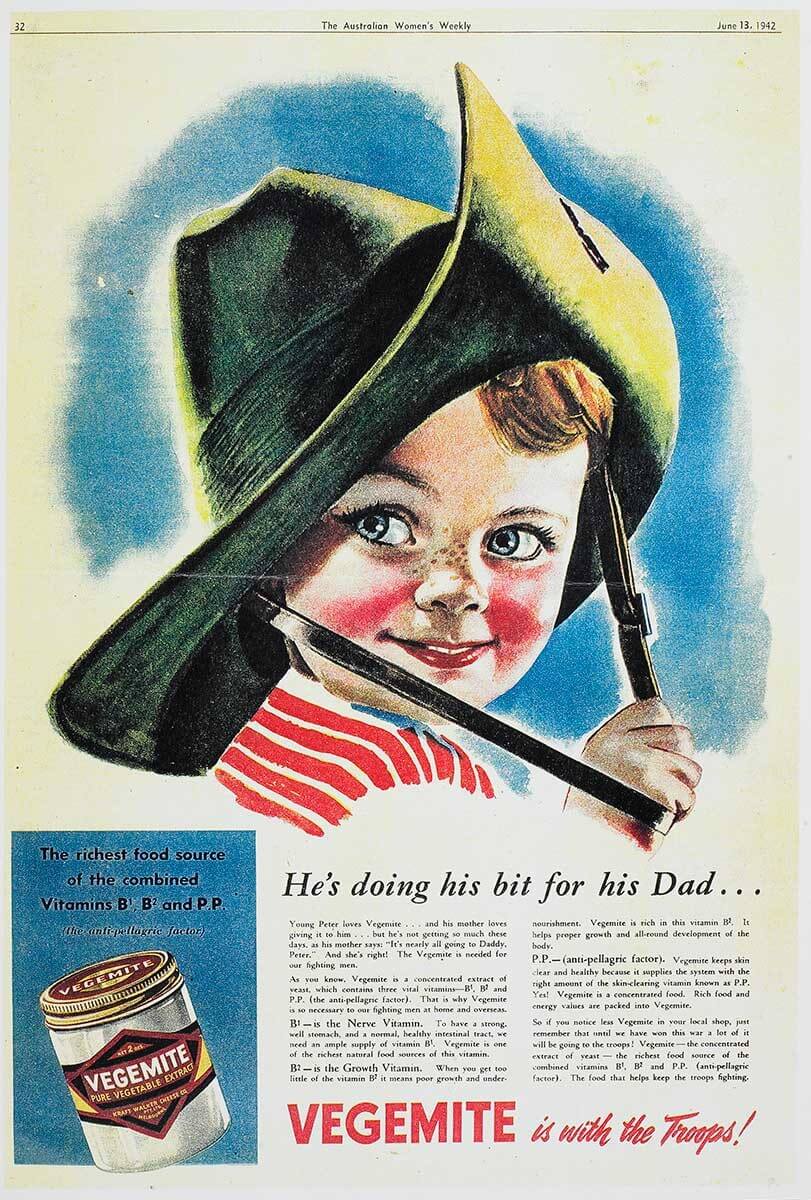
Second speaker:
Baking up an Australian icon: the Children’s Birthday Cake Book
The Australian Women’s Weekly Children’s Birthday Cake Book, first published in 1980, has been described as 'the greatest book ever written in this country'. Appealing to children and mothers anxious to please them alike, the book contained precise, triple-tested recipes for over 100 different, highly decorative birthday cakes as well as instructions on how to pipe icing, make marshmallow flowers and colour coconut with food dye. This talk considers the Children’s Birthday Cake Book as an historical object, exploring what its pages can tell us about late twentieth century Australian tastes and changing gender roles. It also considers the cakes themselves, delicious yet ephemeral, as cultural artefacts which reflected children’s burgeoning identities and reinforced gendered expectations.
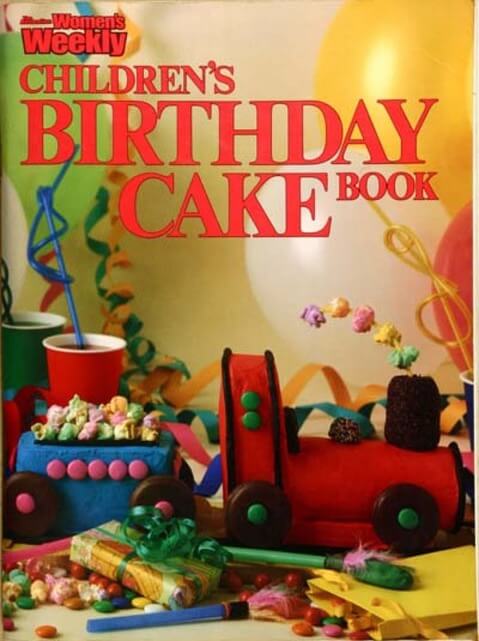
Dr Lauren Samuelsson holds a PhD in history and is an Honorary Fellow at the University of Wollongong, Australia. Lauren’s research interests include cultural history, the history of food and drink, the history of popular culture and gender history. Her PhD thesis considered the influence of the Australian Women’s Weekly magazine and cookbooks on the development of Australian food culture from the 1930s to the 1980s. She has also worked on the social and cultural history of liquor legislation in mid-twentieth century New South Wales.
Sarah Hayes:
Toileting early Melbourne: The political landscape and lived reality of chamber pots, cesspits and night pans
What made Smellbourne so smelly? In part, the glacial pace at which modern toileting was introduced to this supposedly global city. This talk will wade into the archaeological and historical evidence of toileting in 19th-century Melbourne, from beautiful chamberpots, to overflowing cesspits and nightmen asphyxiating while performing their duties. It will examine the class, power and financial influences on toileting decisions in this period, examine the health and environmental consequences, and reflect on their echoes in the present.
Dr Sarah Hayes is an archaeologist and Senior Research Fellow at the Alfred Deakin Institute, Deakin University. Her work focuses on the role consumption plays in quality of life and social mobility, and associated waste behaviour. She is an Australian Research Council - Discovery Early Career Researcher Award recipient and honorary associate at Museums Victoria.
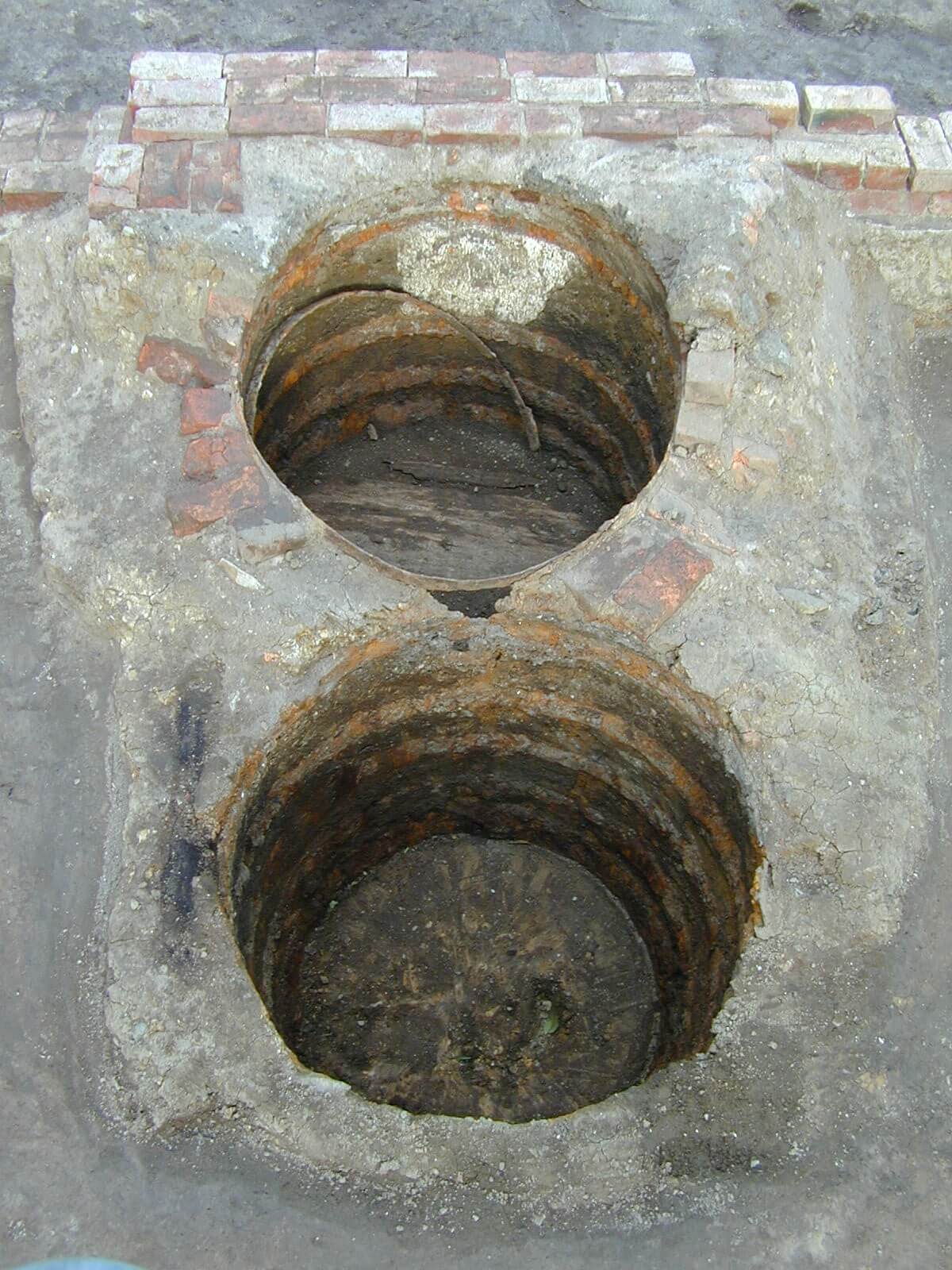
Margaret Anderson:
Class, status and the (not so) humble toilet bowl
From the date of its completion in 1863 the Old Treasury Building housed the city office of the Governor of Victoria. For many years the Premier, the Treasurer, the Chief Secretary (when not the Premier) and other ministers were also accommodated. A series of earth closets, located along the back boundary of the property, took care of the bodily needs of those working in the building. But the Governor was provided with a splendid water closet, complete with a decorative, floral-patterned bowl. What can this singular item tell us about waste management in early Melbourne, or about the class distinctions that pervaded every aspect of colonial life, even in the lavatory?
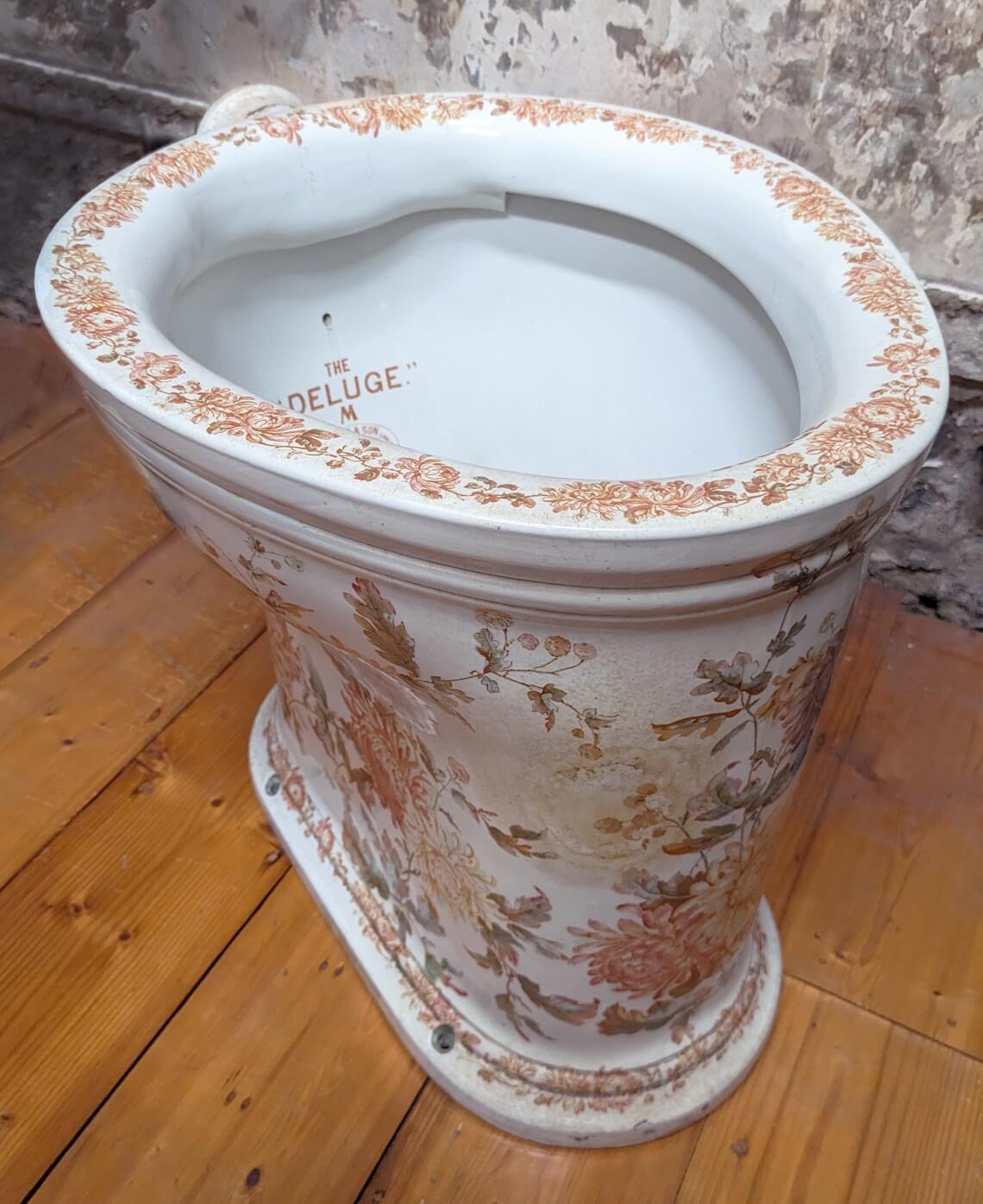
Deborah Tout-Smith:
Wartime in Melbourne’s Exhibition Building
“We would have been better off in tents”, recalled Alan Walton, RAAF, based at Melbourne’s Exhibition Building in early 1942. The wartime occupation of the Exhibition Building began in October 1940, when the RAAF requisitioned the Building under the National Security (General) Regulations for use as a barracks and training facility. An aquarium and dance hall continued to function amidst the military bustle on the site. This paper will explore the little-known but significant story of the Exhibition Building and its unusual war-time occupants.
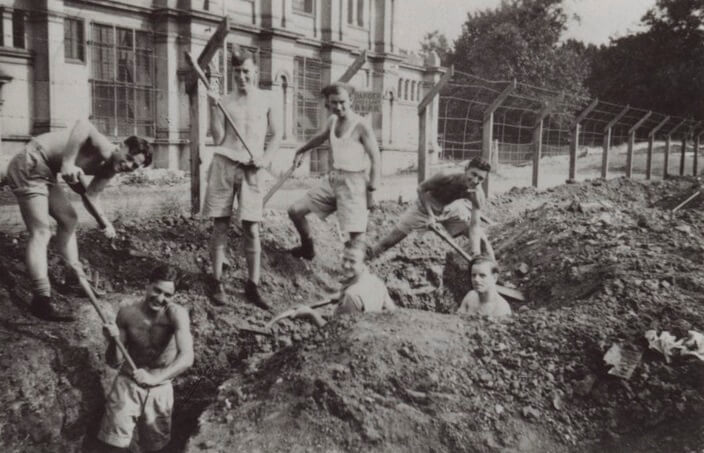
RAAF Personnel Digging Slit Trenches at Exhibition Building, World War II, 1942. Museums Victoria collection, donated by Jack Van Emden.
Deborah Tout-Smith is Senior Curator, Home & Community, in the History & Technology Department of Museums Victoria. Research for this paper began in the lead-up to the 75th anniversary of Victory in the Pacific Day (15 August 2020), for the Wartime Stories from the Royal Exhibition Building project, funded by the Victorian Department of Premier and Cabinet, online at Wartime stories from the Royal Exhibition Building.
Lorinda Cramer:
‘No man is hard to fit’: Fletcher Jones’ Plus 8 trousers in post-war Australia
When Fletcher Jones opened his first Melbourne store in 1946, queues of men formed along Collins Street. They were there to purchase Jones’ ready-made trousers. Known as Plus 8s, the trousers were personally fitted in-store from 72 available sizes – a number that quickly grew. This paper explores Jones’ assurance that ‘no man is hard to fit’ against the backdrop of Australia’s returning Second World War servicemen, the complications of issuing civilian suits on demobilization, and the challenges of rationing and material shortages.
Lorinda Cramer is a Lecturer, Cultural Heritage and Museum Studies at Deakin University. The research for this paper was undertaken as Redmond Barry Fellow for the 2022 State Library of Victoria Followships.
Image: The "F.J." Plus "8" (advertisement), Herald, 19 June 1946, 10.
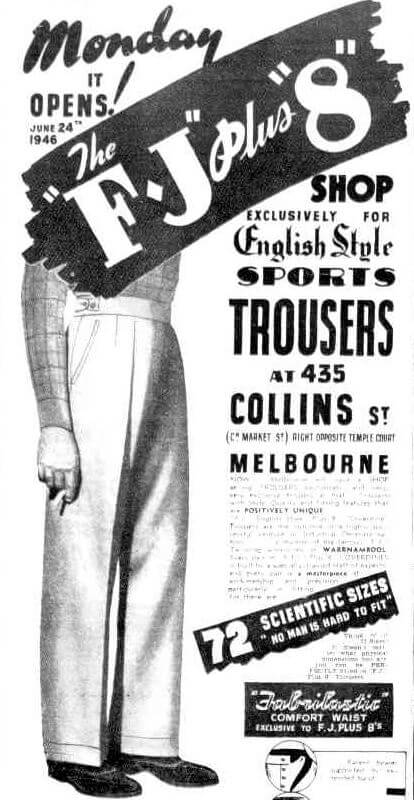
From the ‘little black dress’ to the ‘classic white shirt’, it seems as if black and white have been staples of fashionable wardrobes for ever. But was it always so? In this seminar, historians and curators Lorinda Cramer and Margaret Anderson take us on a journey through time. Their discussion spans the rise of the ‘white wedding’ and the demise of ‘mourning dress’, not to mention what went underneath! Along the way they consider the cultural, emotional, and even sexual meanings of black and white in fashion.
Lorinda Cramer:
Dressed in Black: From Funerals to Fashion
Melburnians are well-known for wearing black, so much so that some describe the dramatic shade as a uniform for the city. Across history, plenty others have worn black too: for religion or as royalty. It's now an enduring staple of a fashionable wardrobe - but how did it come to be this way? This talk explores black's different meanings across the nineteenth and twentieth centuries, ranging from formal wear to mourning a loved one, and from the chic elegance of the little black dress to the rebellious qualities of black leather.
Dr Lorinda Cramer is a lecturer in cultural heritage and museum studies at Deakin University. Across 2023-24, she has worked with the National Trust of Australia (New South Wales) on the Back to Black exhibition, opening in March at Old Government House, Parramatta.
Margaret Anderson:
‘The bride wore white’: the rise and rise of white in fashion.
Late last year an email arrived in my inbox from a well-known Australian fashion brand. It was advertising ‘New Season Linens’ and began with the byline: ‘It doesn’t get more classic than white linens’. Clicking through to the website (as invited) I encountered clothing in many colours, but only white was described as ‘classic’. Why? This paper explores the complex history of dressing in white. It ranges from the rise of the ‘white wedding’ in the late-nineteenth century, considers the advent of the white blouse, reflects on the dominance of white in women’s (and men’s) underwear and touches on the white pinafore, worn by many little girls until well into the twentieth century. Not to exclude men’s fashion, it also considers the dominance of the white shirt, in day wear until at least the 1960s, in formal wear until the present day.
Clothing is always a powerful signifier and dressing in white was no exception. A ‘white collar’ or white kid gloves identified the wearer immediately as middle class, while women’s white underwear reflected modesty and respectability. And the bride dressed in ‘virginal white’? Well, that is a more complex story!
A proud participant in the PayPal Melbourne Fashion Festival’s Independent Programme 2024
Objects at Sea
Friday 7 June at 1pm
Luke Keogh: The Wardian Case: Lost at Sea or a Case for Stories?
In 1829, the surgeon and amateur naturalist Nathanial Bagshaw Ward accidentally discovered that plants enclosed in airtight glass cases could survive for long periods without watering. The Wardian case, as it became known, revolutionised the movement of plants around the globe. In the cases plants had greater chance of survival when in transit. After the first successful experiment on a journey from London to Sydney and back, the cases were used for over a century and had a major impact on the distribution of plants around the globe. As a museum object, the Wardian case is almost lost in collections worldwide, with only thirteen of these boxes remaining. In this presentation Luke Keogh travels across the oceans with live plants in Wardian cases and delves into the ways to approach the histories of lost museum objects.
Luke Keogh is a curator and historian. His book The Wardian Case (Chicago, 2020) won the NSW Premiers General History Prize and was Garden Media Guild’s Book of the Year. He lectures into the museums and history programs at Deakin University.
Dr Peter Hobbins: Pickled and preserved: a brandy bottle, a drunken sailor and a shipwreck
Why would a ship’s captain steer his vessel toward shore on a night that was literally dark and stormy? Did it have anything to do with the 3000 cases of brandy, spirits and ale in the hold? Indeed, was Captain Samuel Bache drunk when the barque Queen of Nations grounded just north of Wollongong on 31 May 1881? This presentation focuses on a fragile survivor of that shipwreck – a brandy bottle. What might this vessel and its tempting amber fluid tell us about materiality, mobility, consumption, labour, economics, environment, safety and psychology at a moment of technological transformation in sea travel?
Dr Peter Hobbins leads the curatorial, library and publications teams at the Australian National Maritime Museum in Sydney. As a curator and historian of science, technology and medicine, he focuses on what we can learn about the past when things go wrong, including snakebite, pandemics, aircraft crashes and shipwrecks.
Material Histories is presented by Old Treasury Building in partnership with Deakin University and Australian Catholic University.


